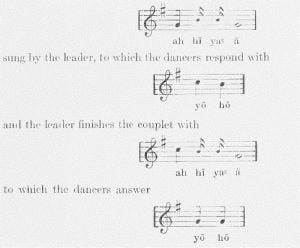Yuchi Tribe History
Among the indigenous tribes of the southeastern United States, living within a territory roughly defined by the borders of Georgia and South Carolina, was one, exhibiting a type of culture common to the inhabitants of the country bordering on the Gulf of Mexico east of the Mississippi river, whose members called themselves Tsoyabá, “Offspring of the Sun,” otherwise known as the Yuchi. Constituting an independent linguistic stock (called Uchean in Powell’s classification), their earliest associations, in so far as these are revealed by history and tradition, were identified with the banks of the Savannah river where they lived at a … Read more











